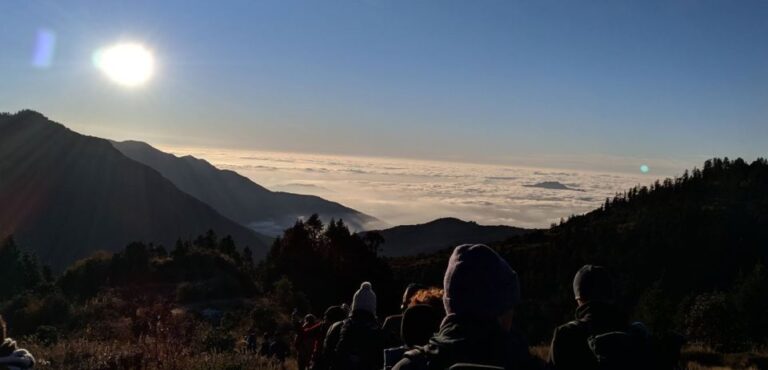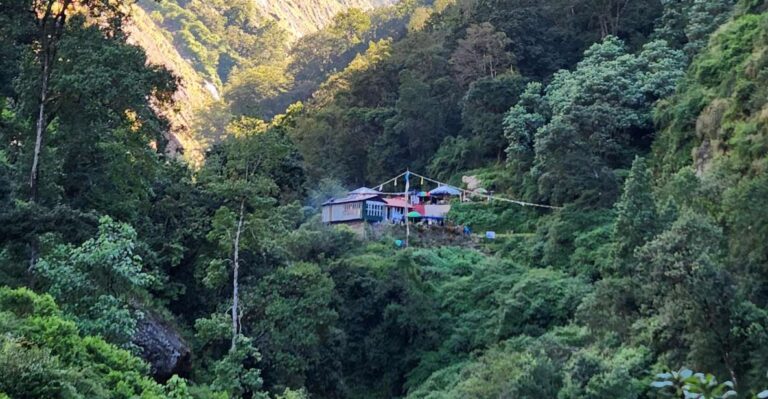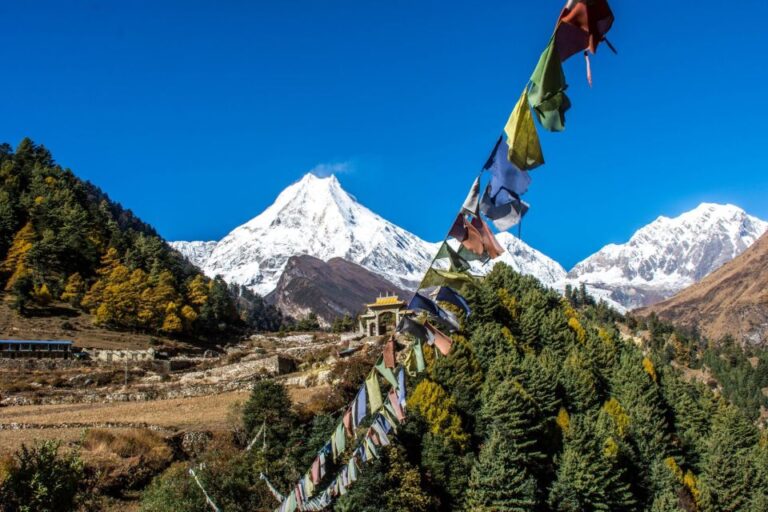Annapurna Discovery: Trek in Nepals Annapurna Conservation Area
Venture into the awe-inspiring realm of the Annapurna Conservation Area, where every step unveils a tapestry of natural wonders that seem almost too perfect to be real.
As travelers navigate through this enchanting landscape, a sense of anticipation builds, hinting at the extraordinary encounters that lie ahead.
Standby to uncover not just the physical beauty of the region, but also the cultural tapestry that weaves through its very soul, offering a glimpse into a world where time seems to stand still.
Just The Basics
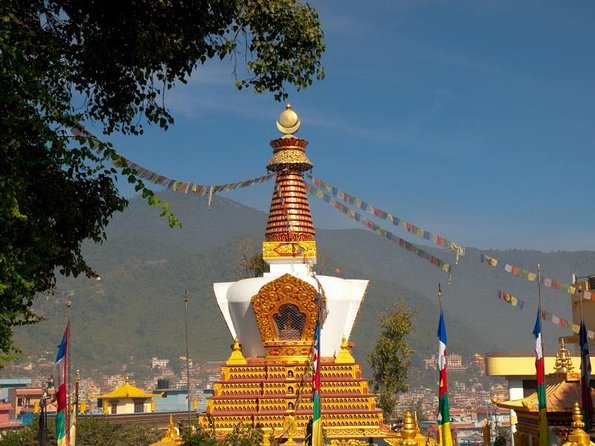
- Diverse terrain and cultural experiences await in Annapurna Conservation Area.
- Trekking in peak seasons ensures stable weather and stunning views.
- Trek challenges vary; good fitness and safety awareness are crucial.
- Accommodation options cater to all preferences, from budget-friendly to luxury lodges.
It's also worth checking out some other tours and experiences nearby.
Overview of Annapurna Conservation Area Trek
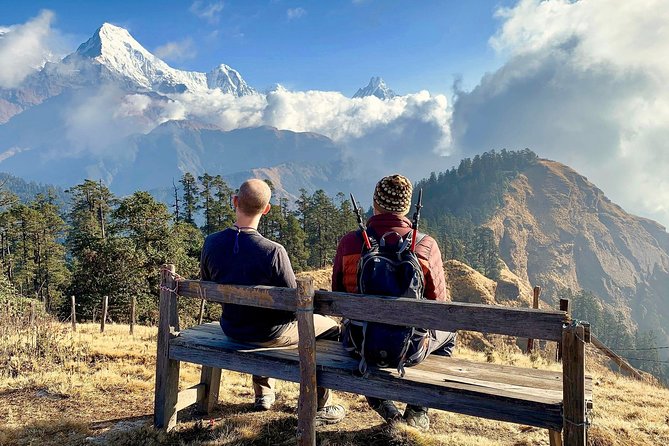
Nestled in the breathtaking landscapes of Nepal, the Annapurna Conservation Area Trek offers adventurers a captivating journey through diverse terrain and rich cultural experiences.
This trek provides travelers with unique opportunities for wildlife encounters, such as spotting Himalayan Thars, snow leopards, and various bird species along the way. The region is also renowned for its vibrant cultural experiences, allowing trekkers to interact with local communities, witness traditional practices, and explore ancient temples and monasteries.
Enjoy the warm hospitality of the Gurung and Thakali people, savor authentic Nepalese cuisine, and participate in cultural festivities. The Annapurna Conservation Area Trek promises a once-in-a-lifetime adventure where nature and culture intertwine to create unforgettable memories.
Best Time to Visit Annapurna Region

For optimal trekking experiences in the Annapurna region, consider planning your visit during the peak seasons when weather conditions are most favorable. The best time to visit the Annapurna region is during the autumn months of September to November and the spring months of March to May. During these periods, the weather is relatively stable, with clear skies and pleasant temperatures, making it ideal for trekking and enjoying the stunning mountain views.
- Clear Skies: Experience excellent visibility and breathtaking panoramic views of the Annapurna range.
- Moderate Temperatures: Enjoy comfortable trekking conditions during the day and cozy evenings.
- Availability of Local Cuisine: Indulge in delicious traditional Nepalese dishes along the trekking routes.
Trek Difficulty and Fitness Level
To fully enjoy trekking in the Annapurna region, understanding the trek difficulty and required fitness level is key to planning a successful adventure. The Annapurna trails present a variety of trekking challenges that range from moderate to strenuous, depending on the specific route chosen. Trekkers should be prepared for steep ascents and descents, rocky terrain, and varying weather conditions.
A good level of fitness is essential to tackle these challenges comfortably. Regular cardio and strength training exercises, as well as prior hiking experience, can significantly help in preparing for the trek. It’s recommended to start a fitness routine well in advance to build endurance and strength. Understanding the fitness requirements and being adequately prepared will enhance the overall trekking experience in the Annapurna Conservation Area.
Accommodation Options Along the Trek
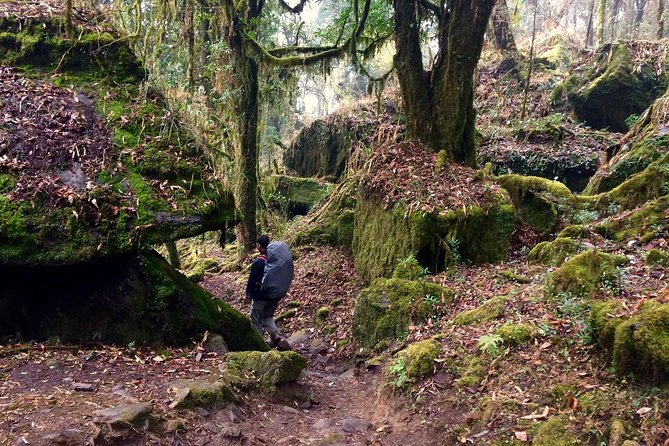
Accommodation options along the Annapurna Conservation Area trek cater to a range of preferences and budgets, ensuring trekkers find suitable lodging amidst the stunning Himalayan landscapes.
Tea Houses: These cozy mountain lodges offer a rustic experience with shared facilities, ideal for trekkers seeking a budget-friendly option.
Guesthouses: Providing a more comfortable stay with private rooms and hot showers, guesthouses are a popular choice for those willing to spend a bit more.
Luxury Lodges: For trekkers looking to indulge, luxury lodges along the trail offer premium amenities like ensuite bathrooms, Wi-Fi, and gourmet dining experiences against the backdrop of the majestic Annapurna range.
Must-See Attractions on the Trail
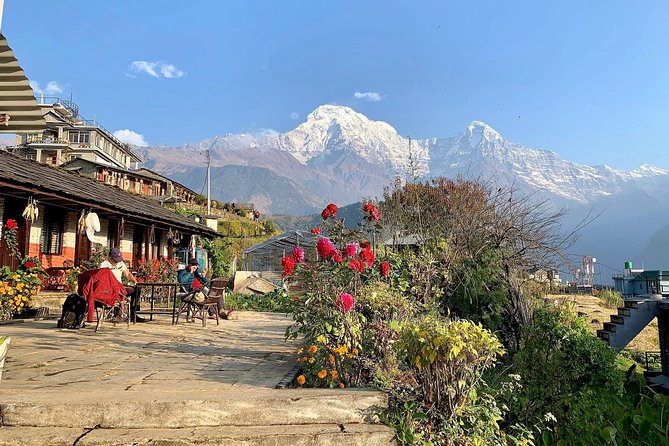
Along the Annapurna Conservation Area trek, adventurers are greeted with a myriad of must-see attractions that showcase the natural beauty and cultural richness of the region.
Travelers can indulge in the delicious local cuisine, sampling traditional dishes like dal bhat (lentils and rice) or momos (dumplings) offered by teahouses along the trail.
On top of that, cultural experiences abound as trekkers pass through charming villages with intricate architecture, prayer flags fluttering in the wind, and the warm hospitality of the locals.
Visits to ancient monasteries and temples provide insight into the spiritual practices of the region’s inhabitants. These attractions not only enhance the trekking experience but also offer a deeper understanding of the Annapurna region’s heritage and way of life.
Safety Tips for Annapurna Trek
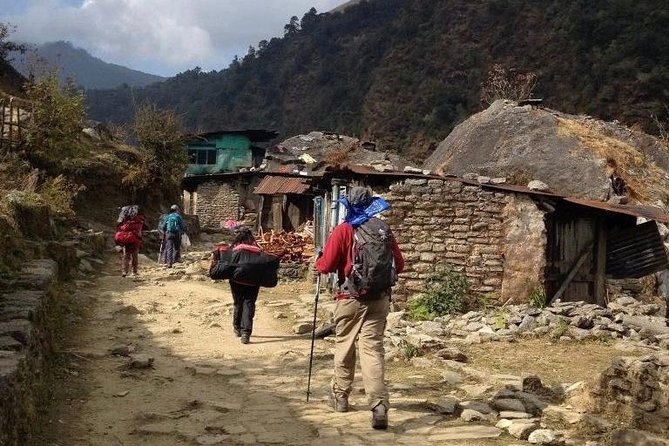
Ensuring your safety during the Annapurna trek involves thorough preparation, awareness of potential risks, and adherence to essential guidelines for a secure and enjoyable journey. When trekking in the Annapurna region, consider the following safety tips:
-
Altitude Sickness Precautions: Acclimate gradually, stay hydrated, and recognize symptoms.
-
Emergency Contacts: Carry a list of emergency contacts and know the locations of nearby rescue stations.
-
Weather Conditions & Trail Markings: Stay updated on weather forecasts, wear appropriate gear, and follow trail markings diligently to avoid getting lost.
Packing List Essentials for the Journey
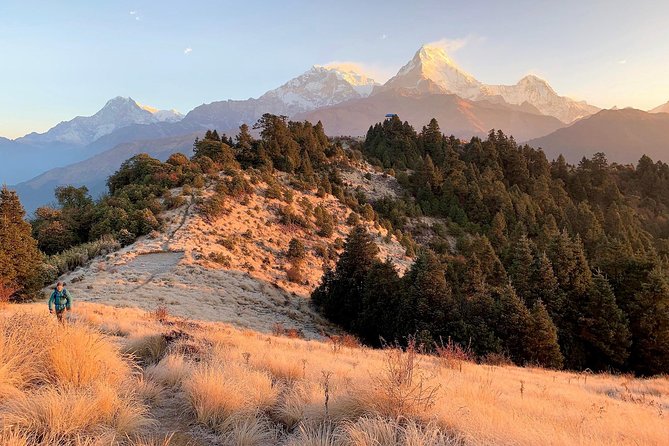
For a successful Annapurna trekking experience, prioritizing the right items on your packing list is key to ensuring a safe and enjoyable journey through the stunning landscapes of Nepal.
When it comes to packing organization, consider versatile clothing layers, sturdy trekking boots, a comfortable backpack, and essential trekking gear like a headlamp, water purification tablets, and a first aid kit.
Be prepared for various weather conditions by packing waterproof outer layers, warm clothing for chilly nights, and sun protection for the daytime.
Hydration is crucial, so carry a refillable water bottle and electrolyte packets to stay hydrated at high altitudes.
Following these tips will help you be well-prepared for your Annapurna trekking adventure.
Sustainable Travel Practices in Annapurna
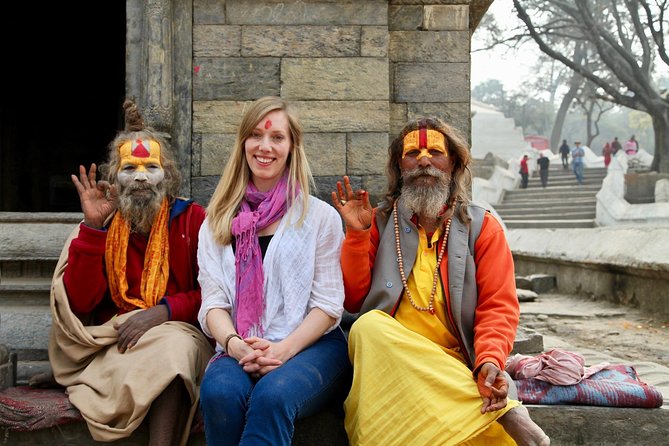
Implementing sustainable travel practices in the Annapurna region involves minimizing environmental impact while supporting local communities and preserving the natural beauty of the area. To achieve this, travelers can engage in the following eco-friendly initiatives and community involvement efforts:
- Participate in community-led tourism projects to directly support local livelihoods and culture.
- Use refillable water bottles and avoid single-use plastics to reduce waste along the trekking routes.
- Stay in lodges and teahouses that prioritize sustainable practices such as solar heating and waste management.
Here's a few more nearby tours and experiences we think you'll like.
Frequently Asked Questions
Can I Bring My Own Trekking Gear or Is It Provided by the Tour Company?
Travelers have gear options when trekking, including rental services. They can bring their packing essentials or choose from equipment provided by the tour company. Both options ensure a comfortable and prepared journey through the Annapurna Conservation Area.
Are There Any Specific Permits or Fees Required to Trek in the Annapurna Conservation Area?
Permit fees are required for trekking in the Annapurna Conservation Area. Travelers have the option to bring their own trekking gear or rent equipment from the tour company. It’s important to check for specific requirements before embarking on the journey.
Are There Any Age Restrictions for Participating in the Annapurna Discovery Trek?
Age restrictions apply for the Annapurna Discovery trek. Participants must be physically fit and able to endure long treks at high altitudes. Proper trekking gear is essential for safety and comfort throughout the journey.
Is There Wi-Fi or Cell Phone Service Available Along the Trekking Route?
Wi-Fi availability and cell phone reception are limited along the trekking route. Travelers should not rely solely on digital connectivity. It’s advised to prepare for communication challenges by carrying alternative means like satellite phones or walkie-talkies.
Are There Any Cultural Customs or Etiquette That I Should Be Aware of While Trekking in the Annapurna Region?
Travelers should respect local cultural customs like covering shoulders and knees. Being modest is key. Understanding basic greetings and showing respect for religious sites is appreciated. Trekking attire should be practical yet respectful of local norms.
Not for you? Here's more of our most recent tour reviews happening neaby
- Upper Mustang Trekking – 15 Days
- Everest Helicopter Tour: Experience the Ultimate Aerial Adventure of a Lifetime
- 12 Days Annapurna Circuit Trek
- Private Half-Day Off-Road Safari in Shivapuri-Nagarjun Park – Kathmandu
- Nepal Multisport Adventure Tour
- 7 Days Honeymoon Tour in Nepal
- Nepal Cultural & Adventure
- Bandipur Homestay Tour
- Tibet Tour With Everest Base Camp – FLY IN DRIVE OUT- 8 DAYS
- Day Hiking Near Kathmandu Valley.
- 4 Days Langtang Valley Short Trek
- 12 Days Everest Base Camp Trek in Nepal
- Lobuche East Peak Climb With Everest Base Camp Trek
- 4-Day Kathmandu Valley UNESCO World Heritage Sites Tour
- UNESCO World Heritage Site Tour in Kathmandu
Final Words
Embark on an unforgettable journey through Nepal’s Annapurna Conservation Area and learn about the beauty of the Himalayas.
With stunning landscapes, diverse flora and fauna, and rich cultural heritage, this trek offers a truly unique and enriching experience.
From picturesque trails to warm local hospitality, every moment is filled with wonder and adventure.
Plan your trek, pack your essentials, and get ready to create lasting memories in this breathtaking destination.
